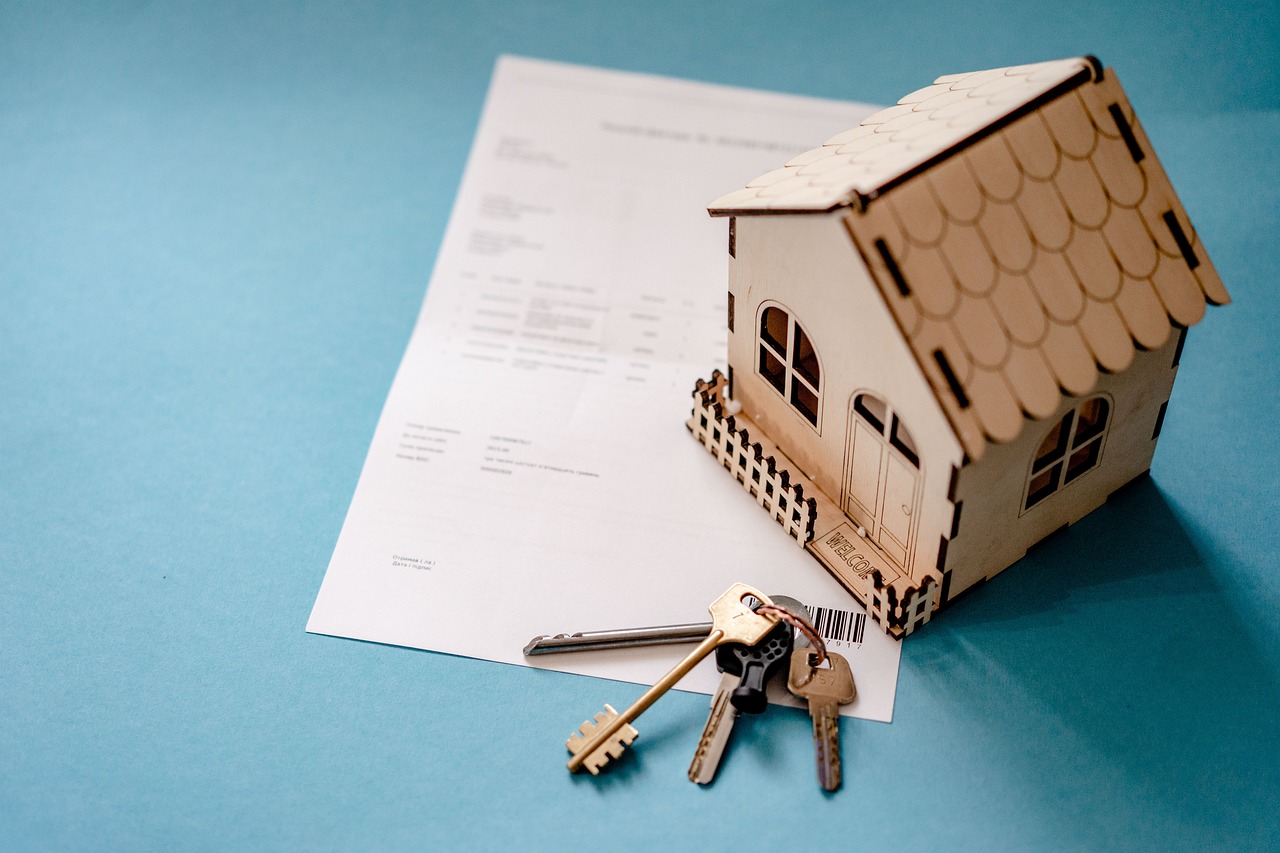jlk – Have you ever heard of the term property flipping? If not, then you might be behind the times. Property flipping is one of the trending and lucrative property business strategies in this digital era.
Property flipping involves buying properties at a low price, renovating or improving them, and then selling them at a higher price in a short period. This way, you can make significant profits without having to wait for a long time.
Of course, property flipping is not easy and without risks. You need to have sufficient knowledge, skills, capital, and a network to run this business.
You also need to be prepared to face various challenges and obstacles that may arise, such as market changes, renovation costs, competition, or difficulty in finding buyers. However, if done well, you can become wealthy in no time.
So, how do you effectively and efficiently flip properties? What do you need to pay attention to and prepare for? What tips and tricks can you apply? Let’s delve into a complete and in-depth review.
Why is Property Flipping Attractive?
Property flipping offers several attractive advantages, including:
- Large Profits in a Short Time: Property flipping allows you to gain significant profits quickly since you don’t have to wait long to sell the renovated property. If you can sell the property at a much higher price than the purchase and renovation costs, you can make fantastic net profits. For example, buying a house for Rp 500 million, renovating it for Rp 100 million, and selling it for Rp 800 million can yield a net profit of Rp 200 million in just a few months.
- Wide and Diverse Opportunities: Property flipping can be done with various types of properties, including houses, apartments, commercial properties, land, and more. You can look for properties sold at a low price due to poor conditions, owners wanting to sell quickly, or urgent financial situations. You can also search for properties in potentially thriving areas, such as near the city center, public facilities, or development projects. This allows you to find properties that match your budget, preferences, and target market.
- Creativity and Satisfaction: Property flipping also provides an opportunity to express your creativity and satisfaction. You can renovate the property according to your taste and style or based on market needs and demands. Improving the structure, layout, design, or functionality of the purchased property allows you to add value. By doing so, you can enhance the property’s market value and attract potential buyers. You can feel proud and satisfied with the results of your work.
Effective and Efficient Property Flipping Strategies
To flip properties effectively and efficiently, you need to implement the following strategies:
- Market Research and Analysis: The first and most crucial step in property flipping is conducting market research and analysis. You need to understand property market trends, recent sales prices, demand, and other factors influencing property values in your target area. Knowing the profiles and preferences of potential buyers, such as location, size, facilities, design, or budget, allows you to choose the right properties to buy and sell, as well as develop suitable renovation and marketing strategies.
- Buying Properties at Low Prices: The second step in property flipping is to search for and buy properties at low prices. You need to be meticulous in finding properties sold at a cheap price, possibly due to poor conditions, owners wanting to sell quickly, or urgent financial situations. Negotiating with property owners to secure a price that aligns with your budget and expectations is crucial. It’s essential to consider renovation costs and ensure that your total investment still yields sufficient profits after selling the property.
- Renovation and Improvement: The third step in property flipping is to carry out necessary renovations and improvements to increase the property’s value. Identify areas that need improvement, such as structural updates, layout changes, design enhancements, or functional improvements. Prioritize and budget for each repair carefully, avoiding over-renovating or under-renovating, as it could negatively impact the property’s resale value. Strike a balance between renovation costs and the potential increase in the property’s value.
- Marketing and Sales: The fourth and final step in property flipping is promoting and selling the property effectively. Use efficient marketing strategies, such as social media, property websites, or collaboration with real estate agents. Present the property attractively through photos, videos, or compelling descriptions. Set a price that reflects the enhanced value after renovation, while also competing with other properties in the market. Your main goal is to sell the property quickly and at a high price.
Epilogue: Risks and Challenges in Property Flipping
While offering attractive profits, property flipping also comes with risks and challenges that you should be aware of, including:
- Property Market Changes: The property market is dynamic and influenced by various factors such as economic, political, social, or disasters. Changes in the property market can impact demand, supply, prices, or competition in your targeted area. If the property market experiences a downturn or stagnation, you may struggle to sell the property at your desired price or even incur losses.
- Renovation Costs Exceeding Estimates: Property renovation is a crucial factor in the success of property flipping. However, it can also be a factor leading to failure if renovation costs exceed your estimates or budget. Unexpected repairs, price increases for materials or services, and planning or execution errors can contribute to higher renovation costs. If renovation costs are too high, you may not achieve sufficient profits or even experience losses.
- Intense Competition: Property flipping attracts many individuals, both beginners and professionals, making competition in this business highly fierce. You need to compete with many others who are also searching, buying, renovating, and selling properties quickly and profitably. To succeed, you must find better properties before others, renovate more effectively, and sell faster and at higher prices than your competitors. Otherwise, you may lose out in the competition or even be sidelined from the business.
Conclusion
Property flipping is a trending and lucrative property business strategy in this digital era.
It involves buying properties at a low price, renovating or improving them, and then selling them at a higher price in a short period. This allows you to make significant profits without a long waiting period.
However, property flipping is not easy and without risks. You need sufficient knowledge, skills, capital, and a network to run this business.
You must also be prepared to face various challenges and obstacles, such as market changes, renovation costs, sales delays, or intense competition.
To flip properties effectively and efficiently, you need to implement several strategies, including market research and analysis, buying properties at low prices, renovation and improvement, and marketing and sales. This increases your chances of success in this business.












